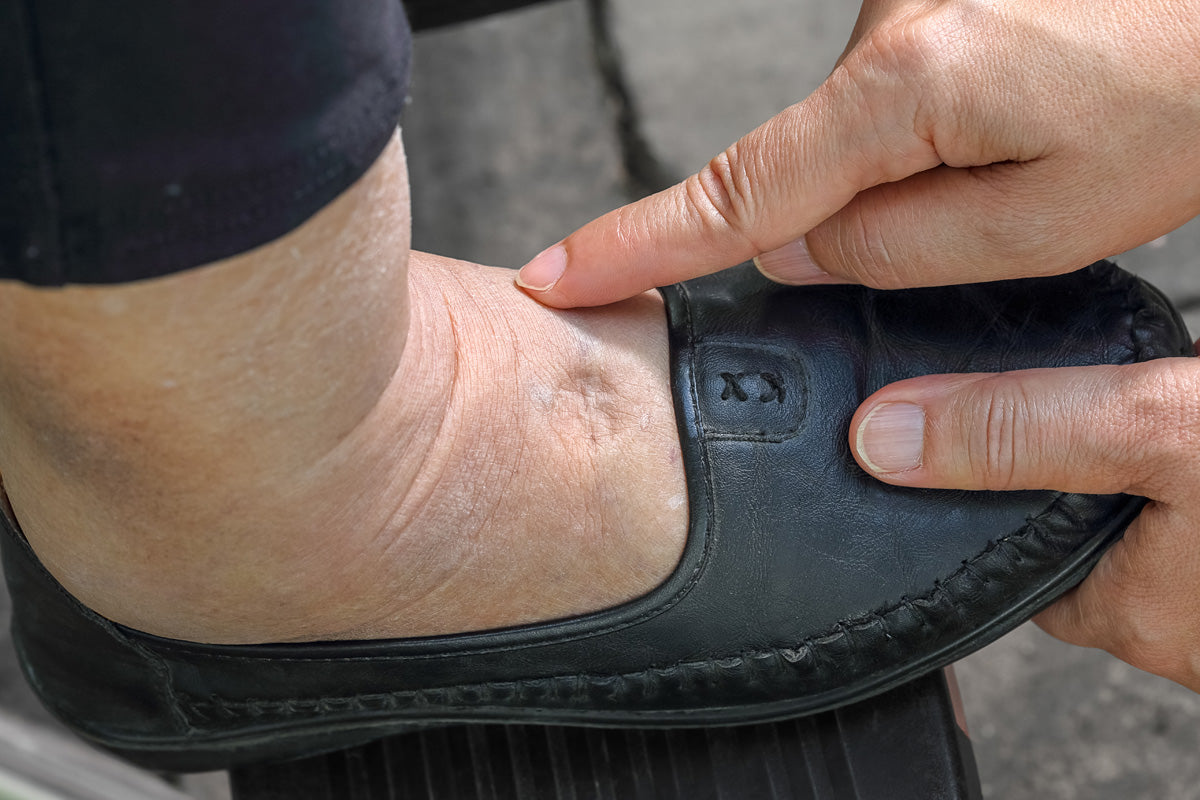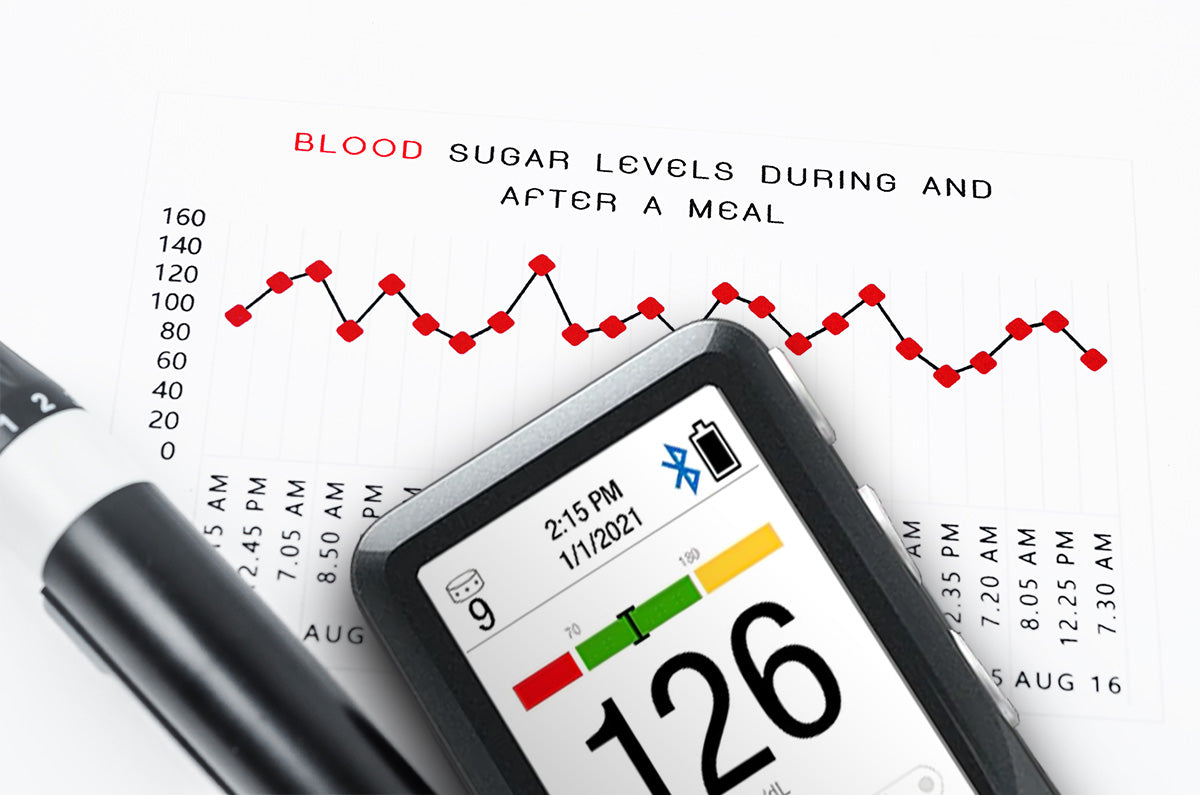Diabetes is a chronic health condition that affects how your body turns food into fuel or energy. If not properly managed, diabetes can damage the blood vessels and, consequently, affect many parts of the body, including the heart, nerves, kidneys, feet, eyes, mouth, ears, and brain. According to the World Health Organization, approximately 422 million people worldwide are living with diabetes.
Aside from gestational diabetes, there are two primary classifications of diabetes: Type 1 and Type 2. While both types of diabetes affect the ability to regulate blood glucose (blood sugar) levels, there are several key differences.
Key Takeaways: Difference Between Type 1 and Type 2 Diabetes:
- If you have Type 1 diabetes, your pancreas can’t produce insulin (or produces very small amounts of insulin).
- If you have Type 2 diabetes, your pancreas can still produce insulin, but your body doesn’t use it effectively.
Key Diabetes Terminology
To understand the difference between Type 1 and Type 2 diabetes, you’ll need to know a few essential concepts:
| Glucose | Glucose is a type of sugar that serves as the primary source of energy for the brain and body. Glucose has two primary sources: the food you eat and your liver. The liver produces, stores, and releases glucose depending on your body's needs. | |
| Insulin | For your body to use glucose as energy, a hormone called insulin is needed to allow your cells to absorb glucose from your blood. | |
| Pancreas | In healthy individuals, the pancreas produces insulin to help regulate blood glucose levels. | |
The Difference Between Type 1 and Type 2 Diabetes
The primary difference between Type 1 and Type 2 diabetes relates to the ability to produce insulin. However, there are several other significant differences to be aware of.
| Characteristic | Type 1 Diabetes | Type 2 Diabetes |
| Prevalence of Type 1 vs. Type 2 in USA | Accounts for ~5% of diabetes diagnoses | Accounts for ~90-95% of diabetes diagnoses |
| Potential Causes/Risk Factors |
|
|
| Prevention | Potential preventable | Preventable (or delayable) with early detection and lifestyle changes |
| Insulin Production | The pancreas is unable to produce insulin (or produces very small amounts of insulin). | The pancreas is able to produce insulin, but the body is unable to use it effectively. |
| Average Age of Diagnosis | Typically diagnosed around 13 or 14 years of age, though it can develop at any age. | Typically diagnosed in adults over 45 years of age, though an increasing number of children are being diagnosed. |
| Symptoms | Frequent urination Increased thirst Fatigue and tiredness Blurred vision Impaired wound healing Hunger despite eating Weight loss despite eating more (Type 1) Numbness, tingling, or pain in the hands or feet (Type 2) |
|
| Treatment Regimen |
|
|
| Frequency of Glucose Checks |
|
|
| Possible Complications | Heart disease Chronic kidney disease Diabetic neuropathy Sight problems or vision loss (e.g., diabetic retinopathy, macular edema, cataracts, glaucoma) Dental problems (e.g., tooth decay, cavities, gum disease) Hearing problems (e.g., impaired hearing or hearing loss) Alzheimer’s and other causes of dementia |
|
The Importance of Blood Glucose Checks
Although there is a difference between Type 1 and Type 2 diabetes, they both require daily management. One of the most important parts of daily self-management is checking your blood glucose levels. After all, it’s the only way to know if you’re in your target range and if your diabetes management plan is working.
Despite the importance of regular blood glucose checks, they can feel like the most cumbersome part of daily management. It’s not always possible to find a private place to test, and not everyone living with diabetes wants the world to know about their condition. If you’re looking for a simpler, discreet blood glucose monitor, you may consider trying an automatic glucose monitor (ABGM), like the POGO Automatic® Monitor, which allows for lancing and blood collection in a single step. Just press the button, and you’re good to Pogo.
Discreet, on-the-go, all-in-one glucose testing.
POGO Automatic is the only FDA-cleared blood glucose monitor that lances and collects blood automatically, in one simple step, with its 10-test cartridge technology, eliminating the need to carry separate lancets and test strips. Reach out today to learn more about how you can check your blood without interrupting your day.

|
Jaclyn OwensJaclyn Owens is a product director specializing in diabetes management tools. She is committed to using technology to empower people with diabetes and help them take control of their health. |
All content on this website is for educational purposes only and does not replace the guidance of your healthcare practitioner. Always seek the advice of your physician or other qualified healthcare provider with any questions you may have regarding a medical condition or treatment and before undertaking a new healthcare regimen, and never disregard professional medical advice or delay in seeking it because of something you have read on this website.
PL000420 Rev A




